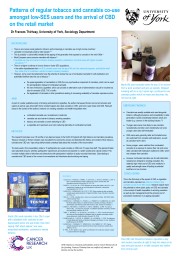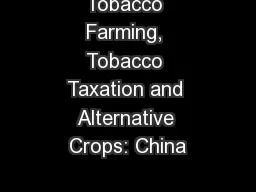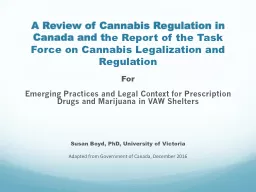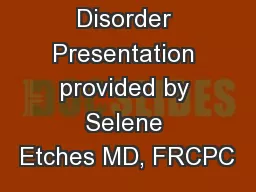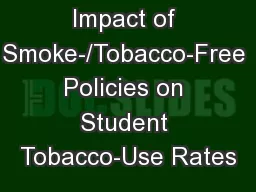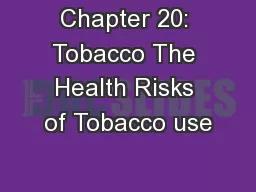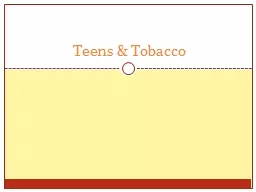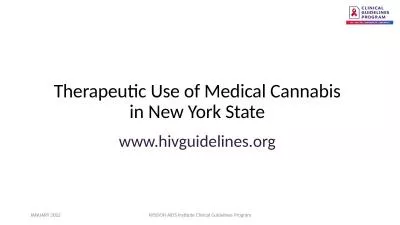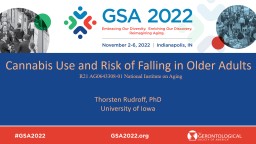PPT-Patterns of regular tobacco and cannabis co-use
Author : ava | Published Date : 2024-01-29
amongst lowSES users and the arrival of CBD on the retail market Dr Frances Thirlway University of York Sociology Department EMERGING FINDINGS
Presentation Embed Code
Download Presentation
Download Presentation The PPT/PDF document "Patterns of regular tobacco and cannabis..." is the property of its rightful owner. Permission is granted to download and print the materials on this website for personal, non-commercial use only, and to display it on your personal computer provided you do not modify the materials and that you retain all copyright notices contained in the materials. By downloading content from our website, you accept the terms of this agreement.
Patterns of regular tobacco and cannabis co-use: Transcript
Download Rules Of Document
"Patterns of regular tobacco and cannabis co-use"The content belongs to its owner. You may download and print it for personal use, without modification, and keep all copyright notices. By downloading, you agree to these terms.
Related Documents

